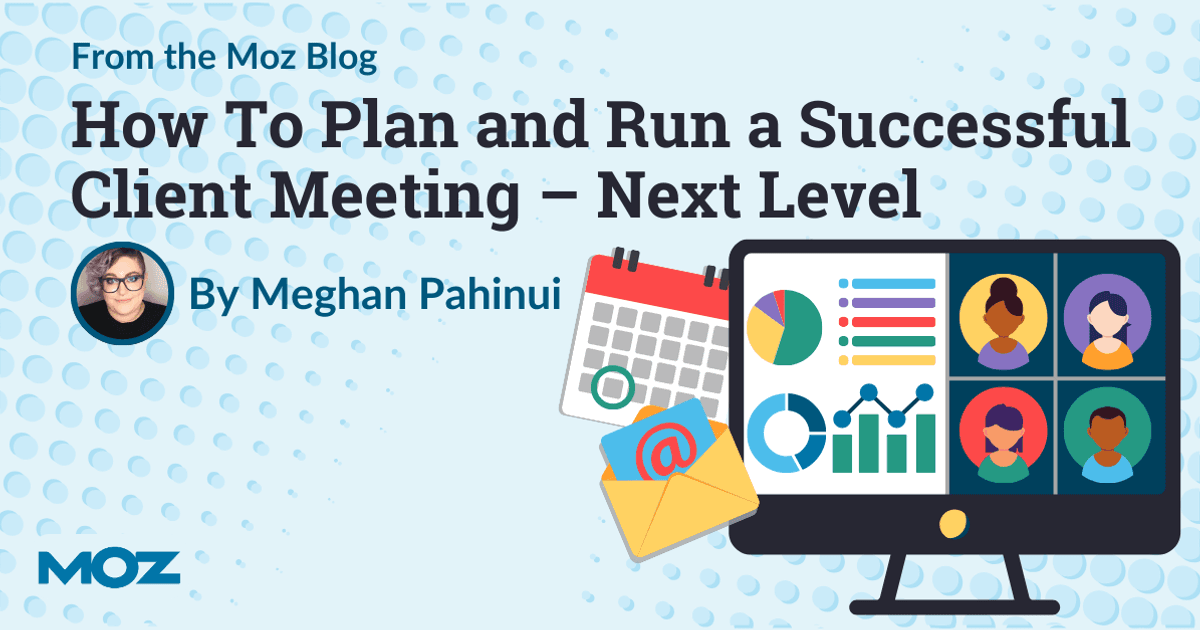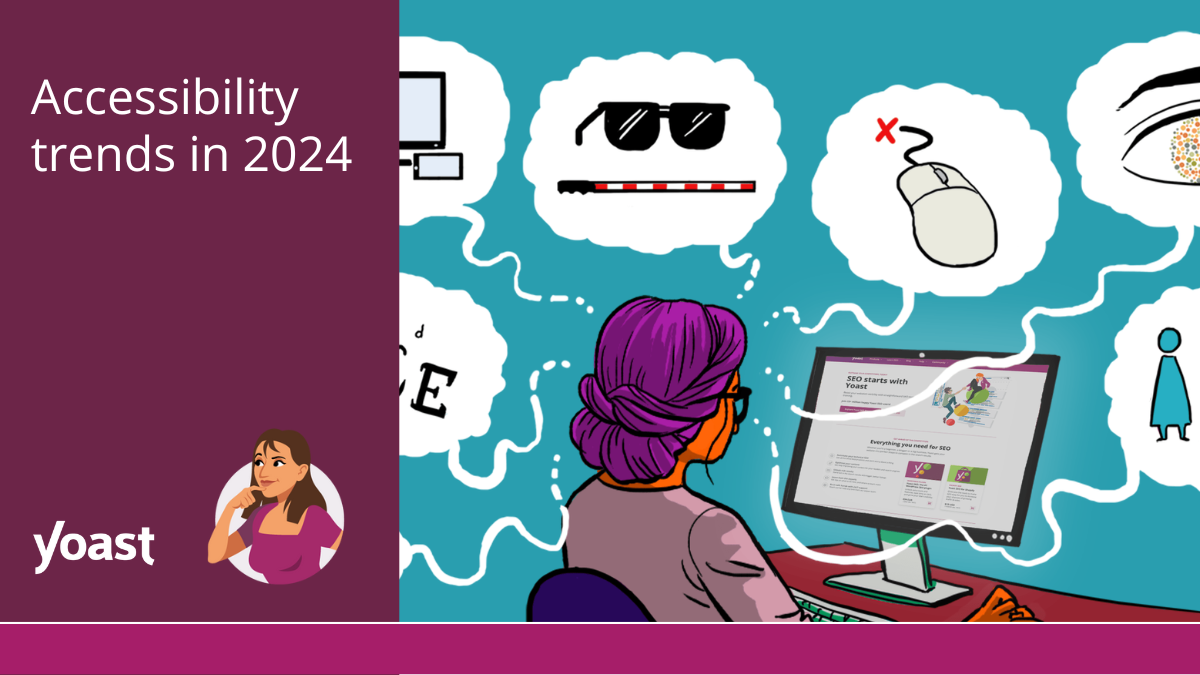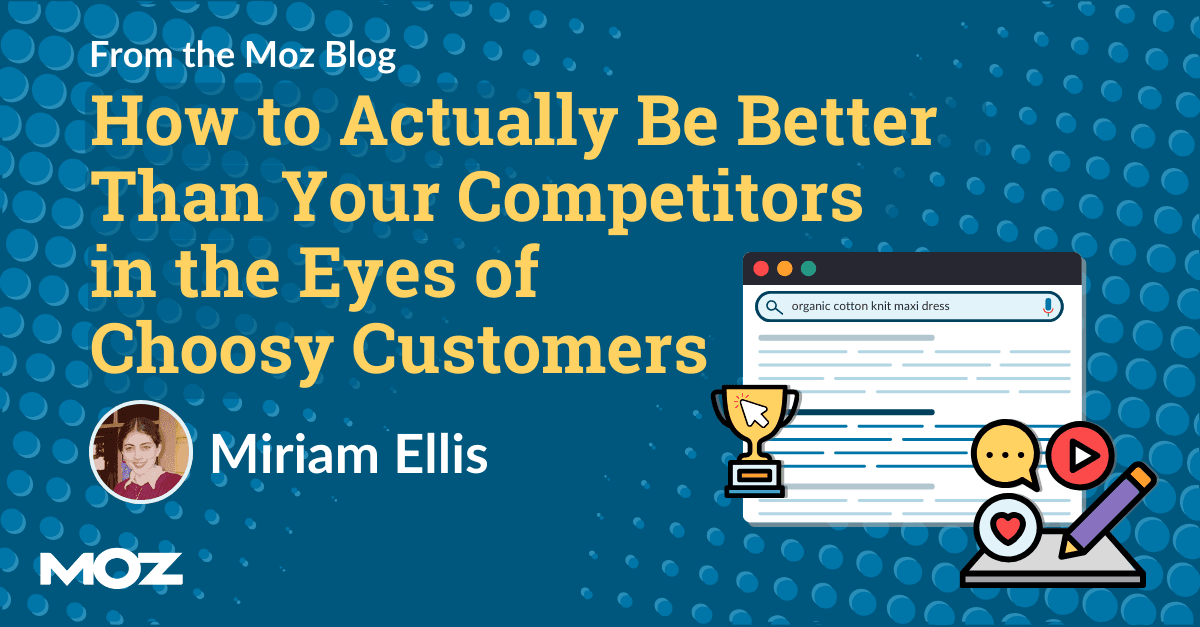Hopefully, with all your data prepared and pre-meeting emails sent, you’ll feel ready to walk into your client meeting with confidence. Now, let’s talk briefly about running the meeting and how to keep everyone on track.
Listen to your client but minimize distractions
Nothing can turn a meeting sour faster than the client feeling dismissed and unheard. Make an effort to show them that you hear their suggestions and concerns while still sticking to the topic(s) of the meeting.
Allow room for questions by not overloading the agenda, and guide the conversation back to your strategy when necessary. A great way to steer folks back to the task is to tie their concerns or comments to the strategy you have laid out.
Remember, you are the expert, so stay calm and composed when addressing their questions. If the client insists on discussing something wildly off-topic, suggest scheduling a separate meeting time to discuss it. This approach acknowledges the importance of their concerns while keeping the meeting on track.
Present data to reflect the outcomes your client cares about
Remember, both you and your client share the same goal: their business success. Connect your data and strategy to their primary objectives to reinforce that you’re on the same team.
If this is your first meeting with a client and you don’t know their primary goal, now is the time to ask. While your expertise is important, your client may not see the connection between specific SEO strategies and their business outcomes. It’s your job to bridge that gap.
This is where your prep work shines. You have the data to impress your client and the strategy to move forward. By aligning your Insights with what the client values most, you’re setting the stage for a successful collaboration.
Use repetition to reinforce the key outcome
As your clients ask questions or offer suggestions, continue to reiterate their goals and how your strategy will help them achieve those goals. Repetition reinforces the key outcome, easing any concerns they might have and keeping everyone focused on the shared objective. It also gives the client plenty of opportunities to interject if they feel the goal has changed or to better understand how you support their mission.
Establish next steps
Before wrapping up the meeting, outline the next steps for you and the client. Make sure to cover:
- What you will prepare for the next meeting
- What your client should have ready by the next meeting
- Any tasks or deliverables needed before the next meeting, along with their deadlines
- If not already scheduled, set a date and time for the next meeting



